
Sliema is the most developed city of Malta, a large residential and commercial area and centre of shops, restaurants and cafes, located on the northeast coast of the island of Malta along the Mediterranean sea.
The coast of Sliema, like many other coastal cities of Malta, is rocky and rocky. There are no long sandy beaches. Nevertheless, you can sunbathe and swim in Sliema almost everywhere where you are more or less comfortable, you just have to be careful when entering the sea.
The sea is deep. In some areas of the shoreline are equipped with railings and stairs for easy entry into the sea.
Infrastructure on the coastline are presented only in some areas, with beach clubs and near those which offers sun loungers and sun umbrellas and there are changing rooms and toilets, swimming pools and cafes. However, most tourists prefer to sunbathe on their towels and beach mats, sitting in that dream, which is deemed more convenient.
Along almost the entire coast of Sliema is the boardwalk (promenade), which is a popular place for walks and rest.
On the boardwalk are some of the important sights of the city.
Conventionally, the coast of Sliema can be divided into five sections
The first stretch runs from the border with the neighboring city of St. Julian's to the Tower of St. Julian.
The coastline of this area is around 600 metres.
This part of the coast extends in the Gulf of Exils (Exiles Bay), along the coast of which is rocky the eponymous beach beach beach Exils or Exiles.
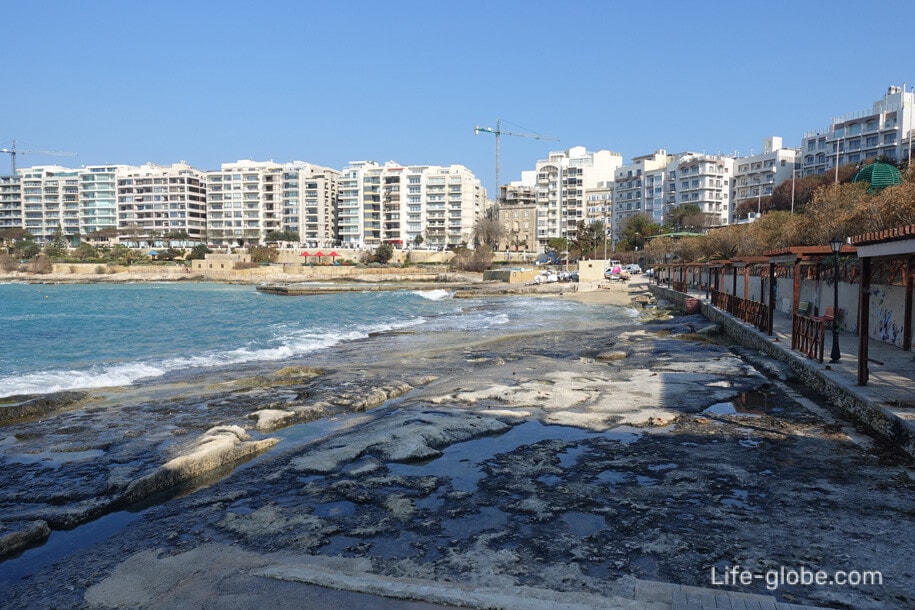
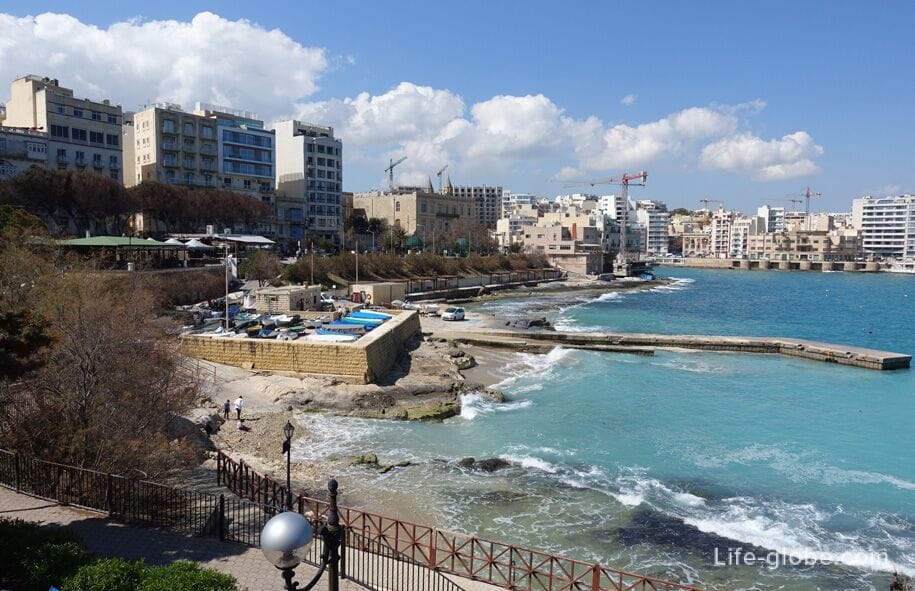
Bay Axils captures part of the coastal gardens of Independence, which is equipped with recreational areas, recreational places, playgrounds, food stalls and drinks, as well as toilets and a small fountain.

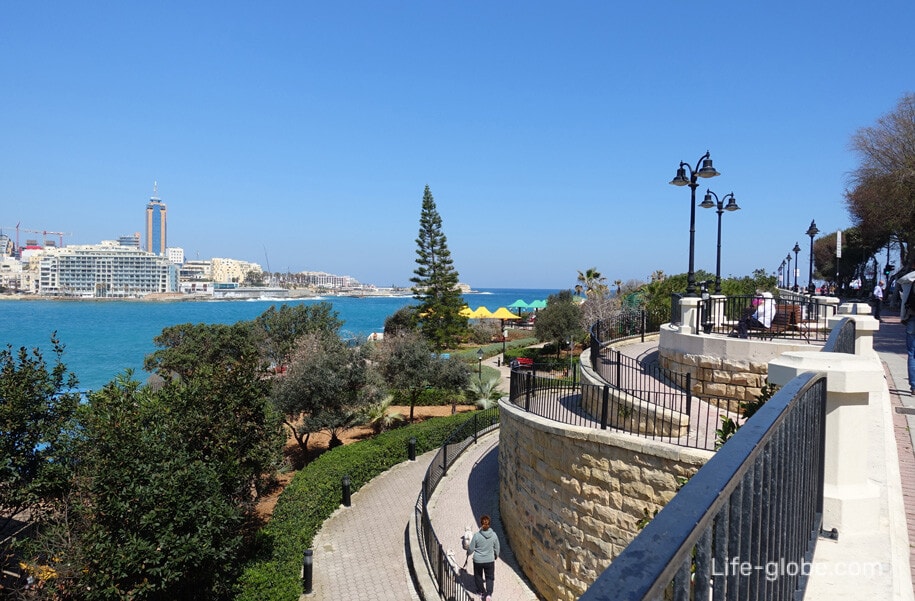
Below the level of the gardens, Independence, along the line of sea, equipped with walking trail, there is a beach area with a railing, for more convenient entry into the sea. The beach is rocky. The East side is a beach club with all amenities and cafes. Read more about the Gulf Exiles in Sliema...

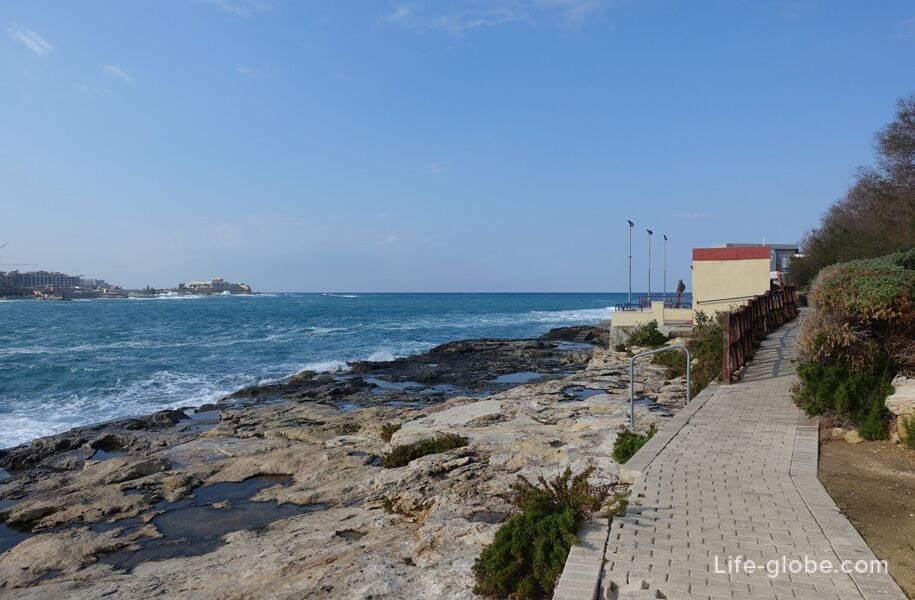
Along the Bay and Park from the promenade and road. The promenade was named tower road (Tower Road), in honor of the tower of St. Julian.
On the waterfront: places to stay, cafes, kiosks with food and drink, sculpture and a fountain in the form of a spinning ball.


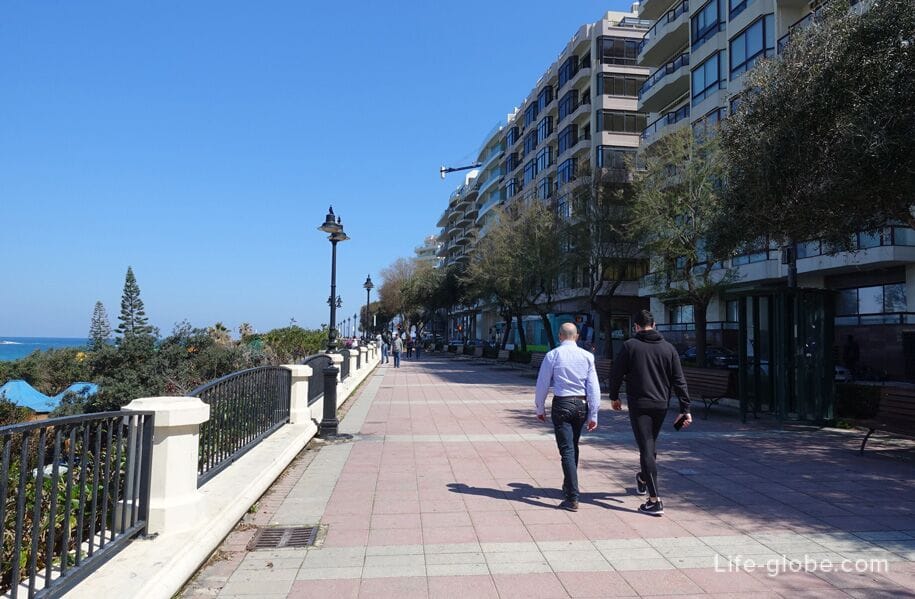
The second section of the coast of Sliema, is perhaps the most popular among those wishing to relax in the city by the sea.
It goes from the Tower of San Julian and up to the battery Sliema point.
The tower of St. Julian (Saint Julian's Tower) is one of the main attractions of the city, located directly on the boardwalk. This is one of the former guard towers of Malta built in 1658. In 1715 the tower was built artillery battery. Today near the tower there is a snack restaurant.

This part of the coast is called the beach of Fond Ghadir (Fond Għadir Beach). This part of the coast is characterized mainly by a flat stony beach, deep sea, and is a great place for sunbathing on your towel or beach Mat.
The length of the beach is about 1 kilometer.
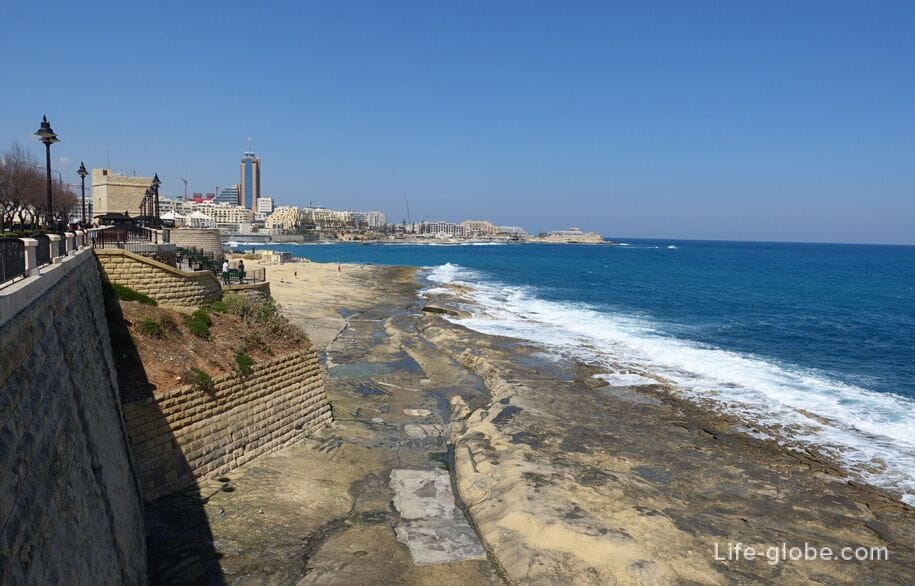

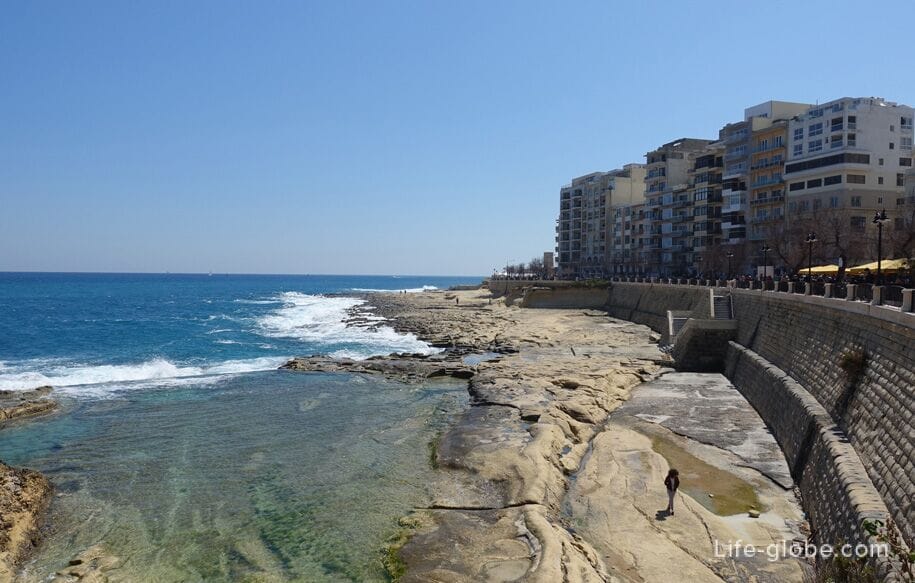
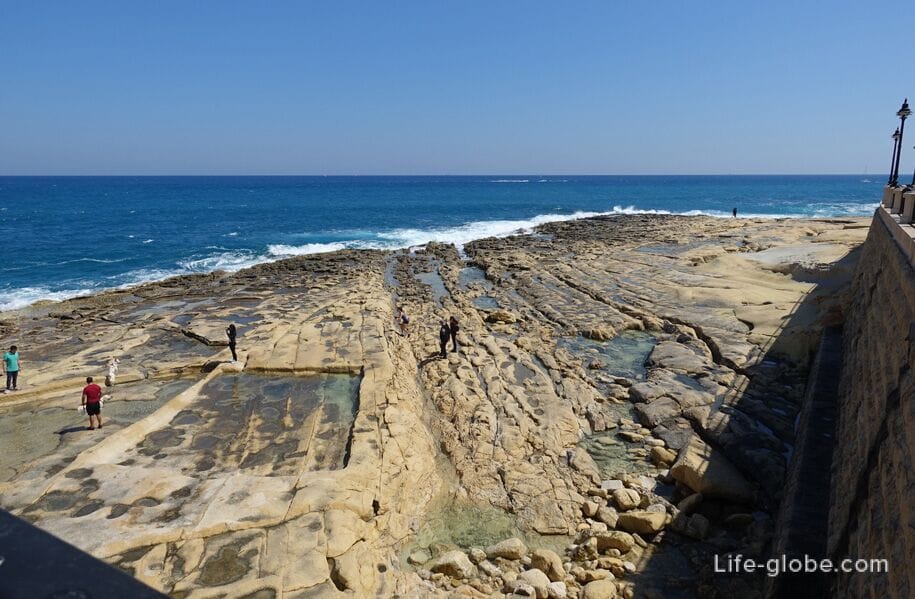
The characteristic feature of this part of the coast are the Roman baths (Roman baths), which is a gap in the rocky coast, now heavily used by vacationers, as they hits the sea water which warms up and it turns out, something like a kind of natural swimming pools.
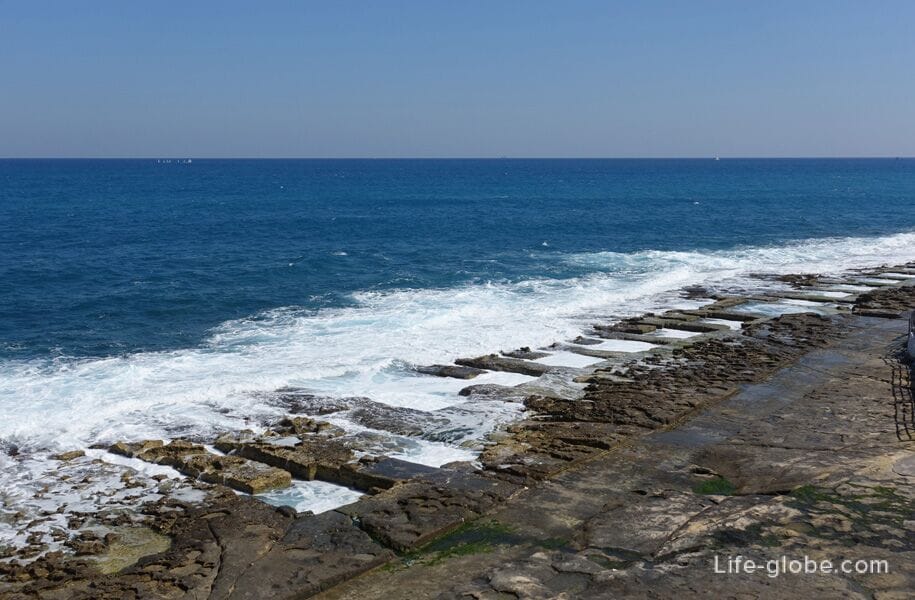
Along the coast from the promenade, tower road with Seating, a small café and a monument to the "White shadow".

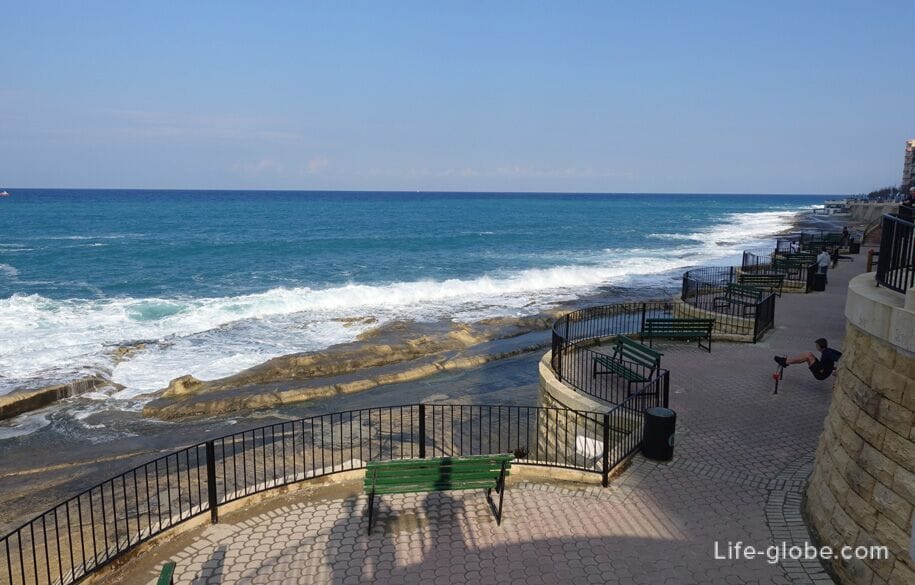
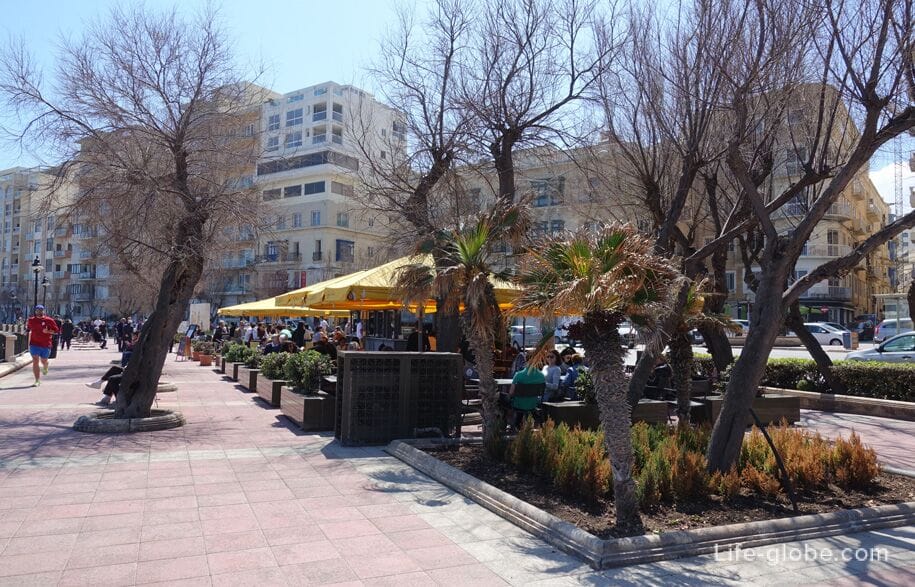

Battery point Sliema (Sliema Point Battery) and artillery battery constructed by the British between 1872 and 1876 years to protect the island. Later, the battery was used as spotlight, and now it's a restaurant known as Il-Fortizza (the Fortress).
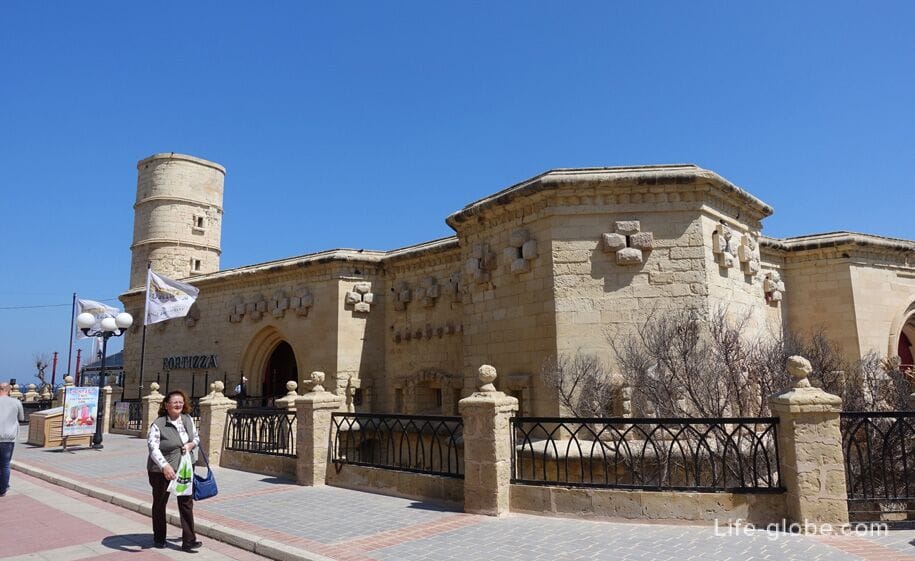
Behind the battery, from the sea are two beach club.
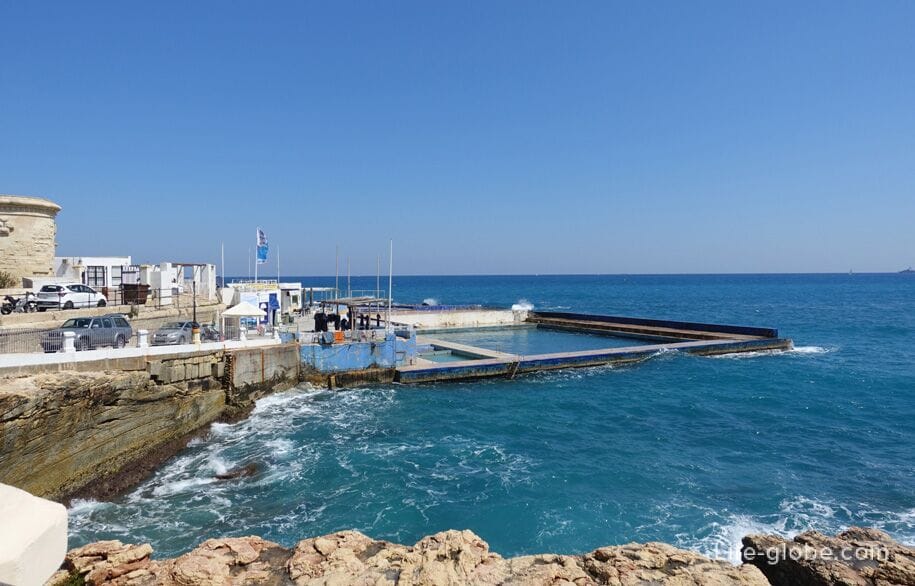
The third part of the coast of Sliema runs from artillery batteries and to Tigne Peninsula, where a promenade tower road intersects with a street, Ix - Xatt Ta' Qui - Si.
The beach coast is called Għar id-Dud, its length is only 300 metres away.
The coast is characterized by jagged rocks and small cliffs. It's not the best place in town for swimming and sunbathing.
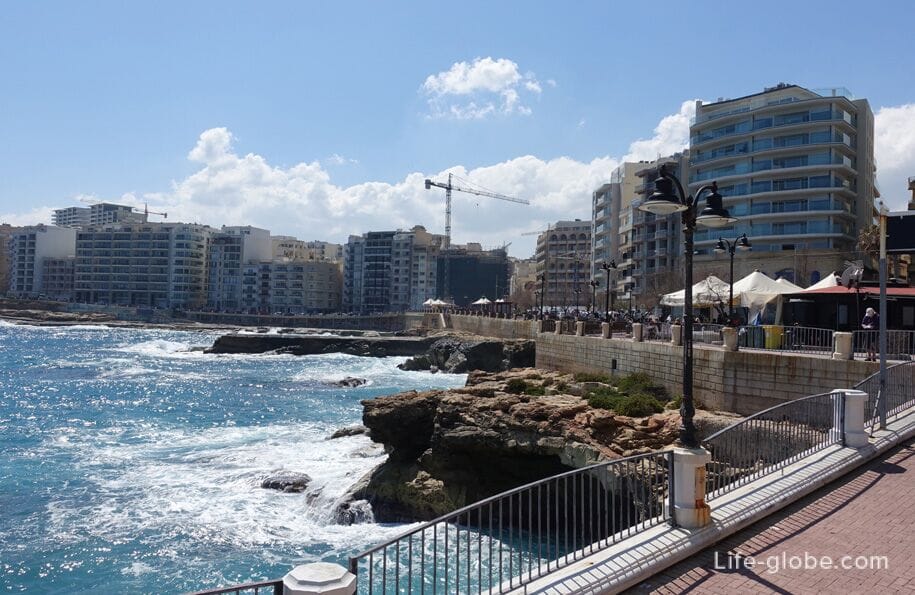
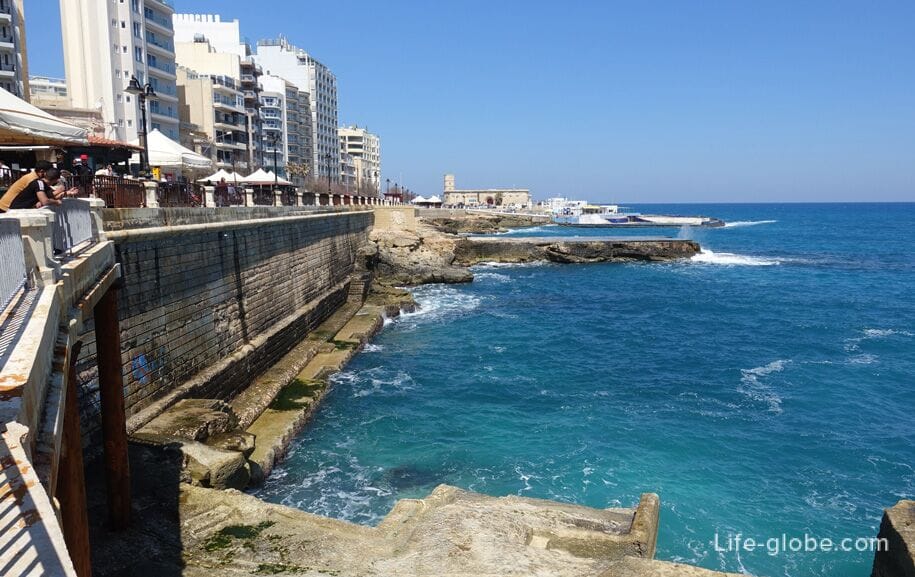
Along the beach runs a boardwalk with outdoor cafe.
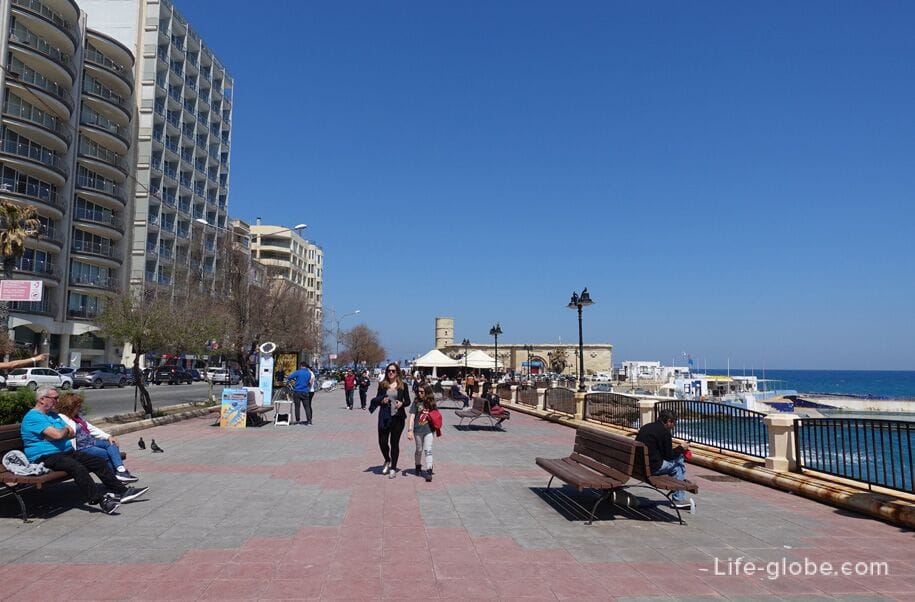
The fourth phase of the Sliema's coast stretches for 900 metres on the Peninsula Tigne, from tower road to Fort tine.
This part of the coast is called the Qui-Si-Sana and is characterized by flat stones. At some sites equipped with steps for easy entry into the sea.
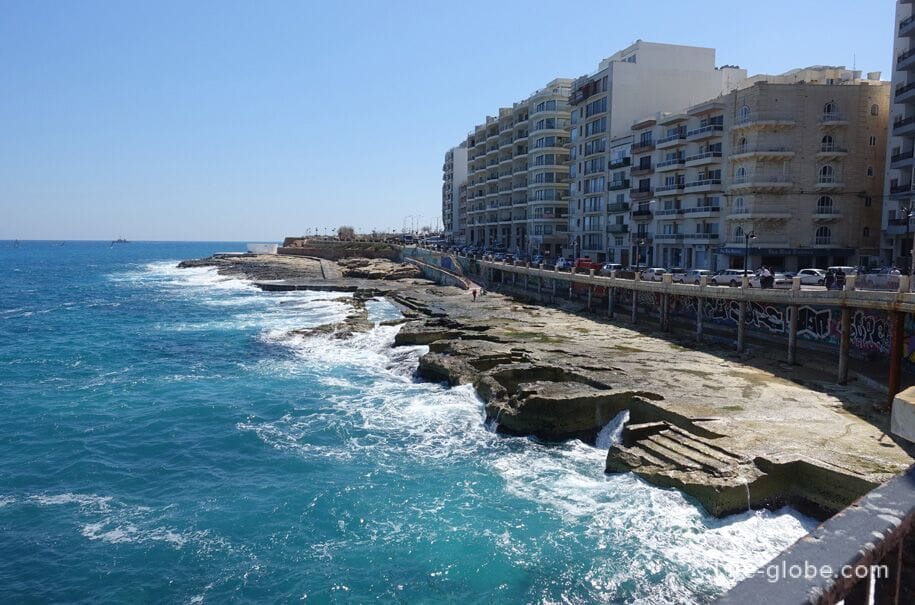
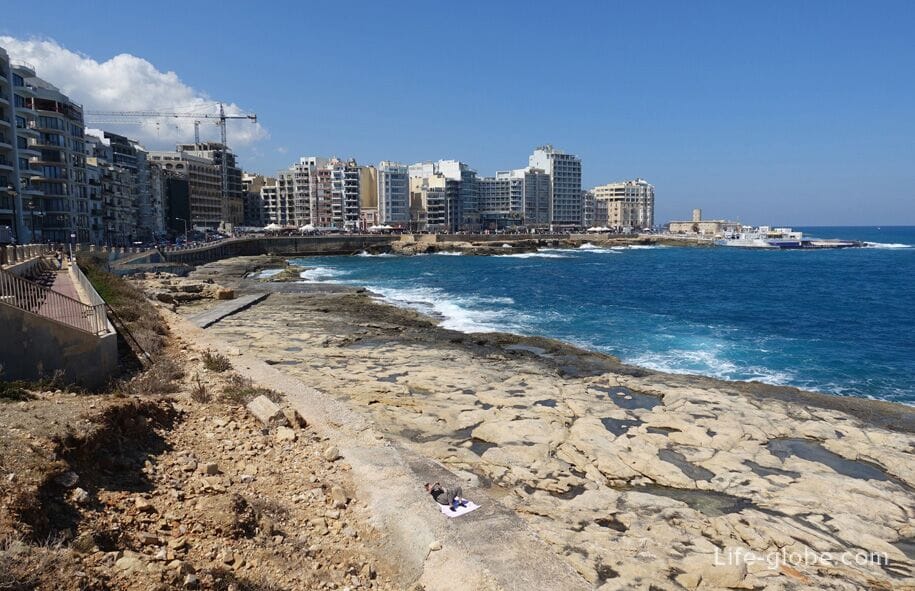
There are several beach clubs with all necessary infrastructure, swimming pools and cafes.
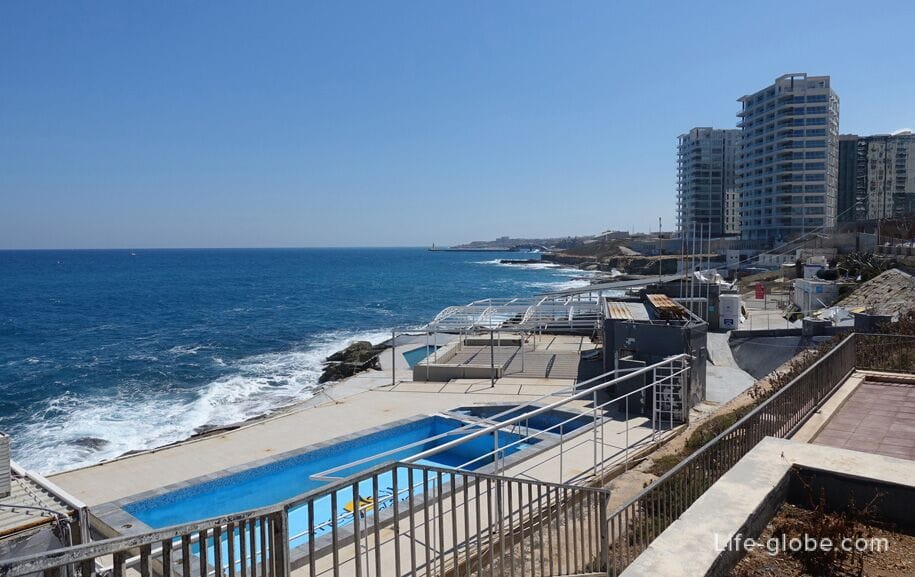
Along the coast from the promenade and equipped the biggest Playground in Sliema.
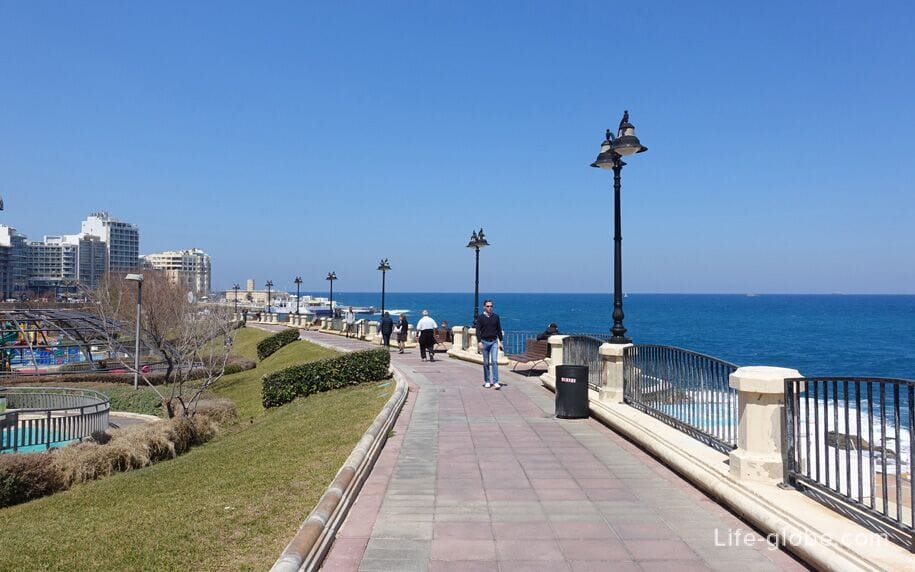
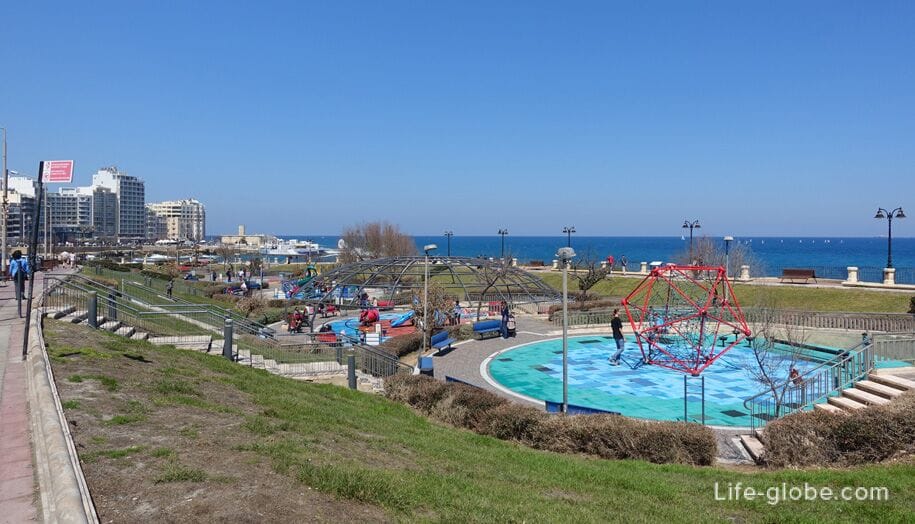
Tigne Fort (Fort Tigné) - polygonal Fort built by the knights of St John between 1793 and 1795 years to protect the entrance to Marsamxett harbour. This Fort is one of the oldest polygonal FORTS in the world. The Fort was heavily modified by the British in the 19th century and remained in use by the military until 1979. The Fort was restored in the early 21st century.

The fifth section of the coast of Sliema runs from the Fort to the town of Gzira, along the Northern shore of the great Bay of Marsamxett. The length of this part of the coast of Sliema is about a mile.
Below the Fort, near the Mediterranean sea coast is characterized by large flat stones are also used by local residents and visitors to the city for a beach holiday.
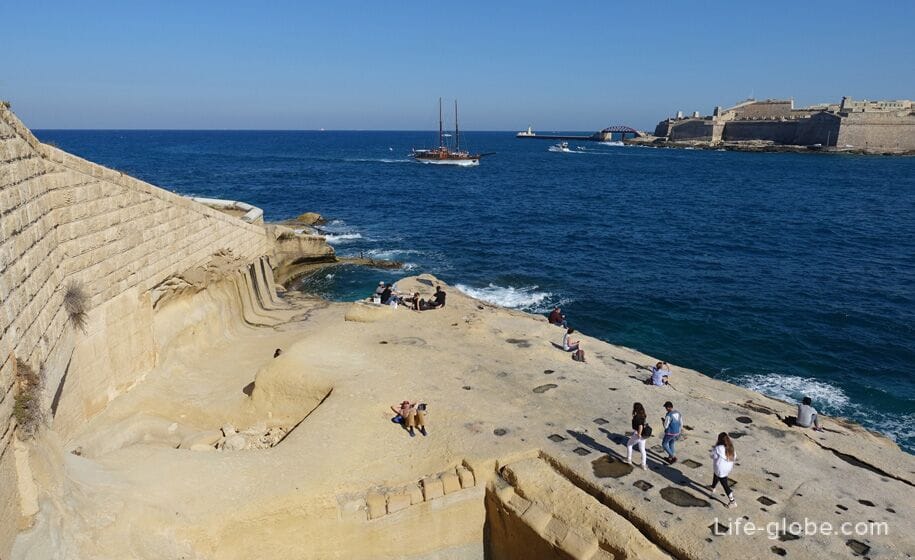

The main feature of this stretch of coast is that its shores offer beautiful views of Valletta, located on the opposite side of the Bay of Marsamxett.


From the Fort stretches the promenade below the level of which coast with large rocks and cliffs, and concrete floors.

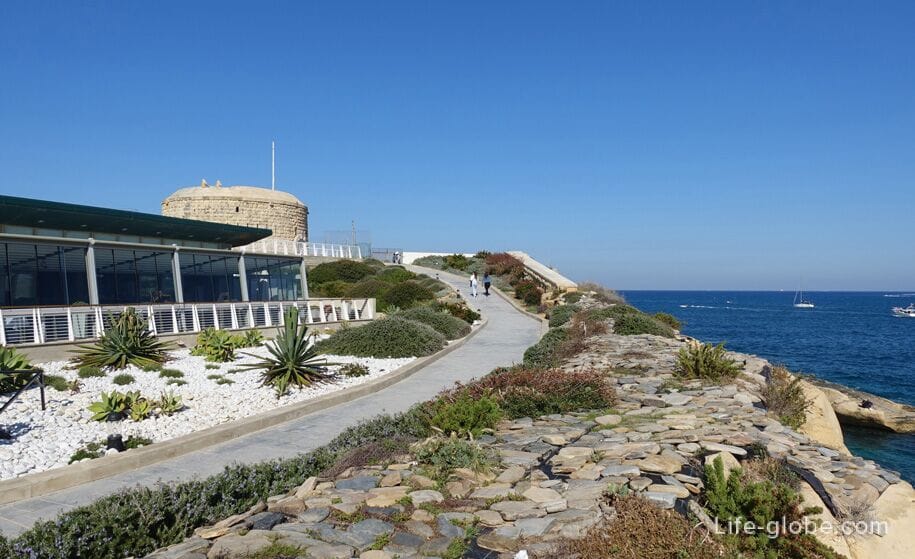

The famous observation deck Tignes, located on the nose of the pedestrian bridge. The opposite site side of the bridge leads to the shopping center the point Shopping Mall. From the embankment to the bridge you can climb the stairs or the Elevator.
Below the bridge there is a beach club.
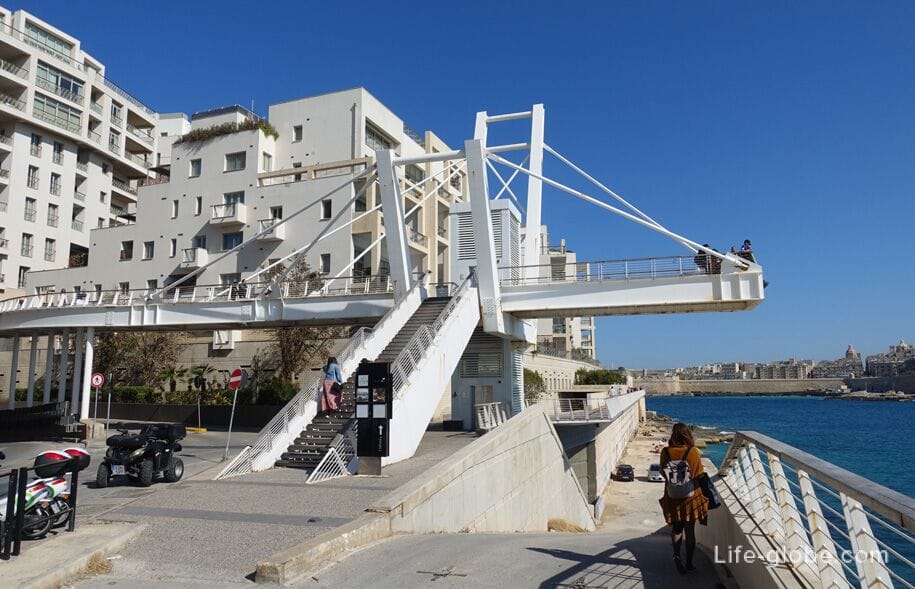

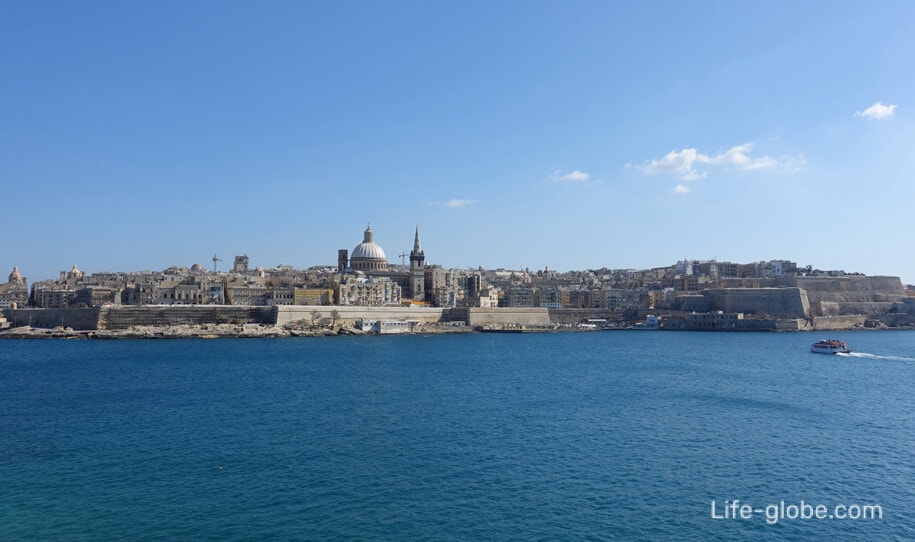
Further up the coast the rocky not suitable for swimming, there is a ferry pier ferry Sliema (Sliema Ferry), also moored pleasure craft and tour boat. But the promenade (waterfront) tine, which runs along the coast, is the most busy and popular place for walks.
Life here is in full swing from morning to late evening. Someone comes from Valletta or Vice versa goes to Valletta, someone goes to one of the sea cruises, and someone just walking and enjoying the views. Along the street is a bus stop.
Read more about ferry Sliema-Valletta...
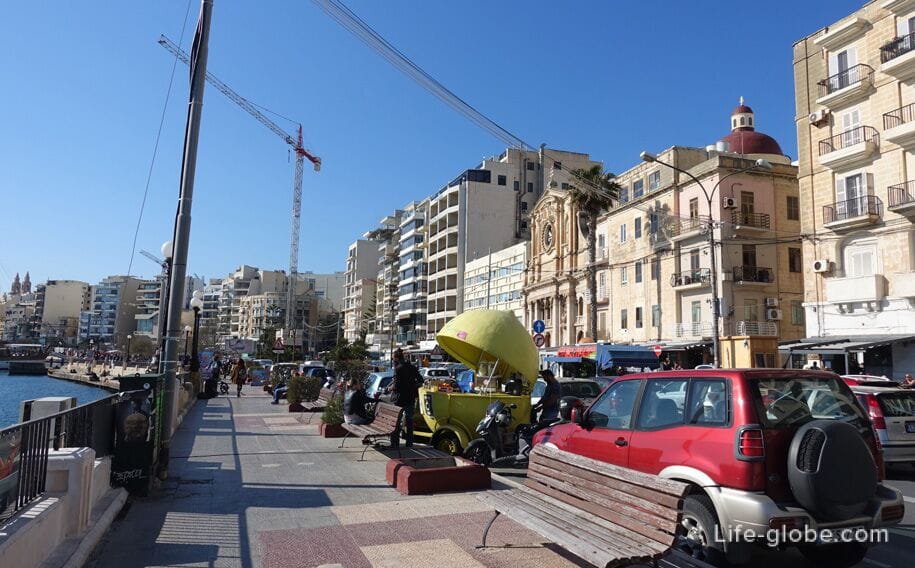
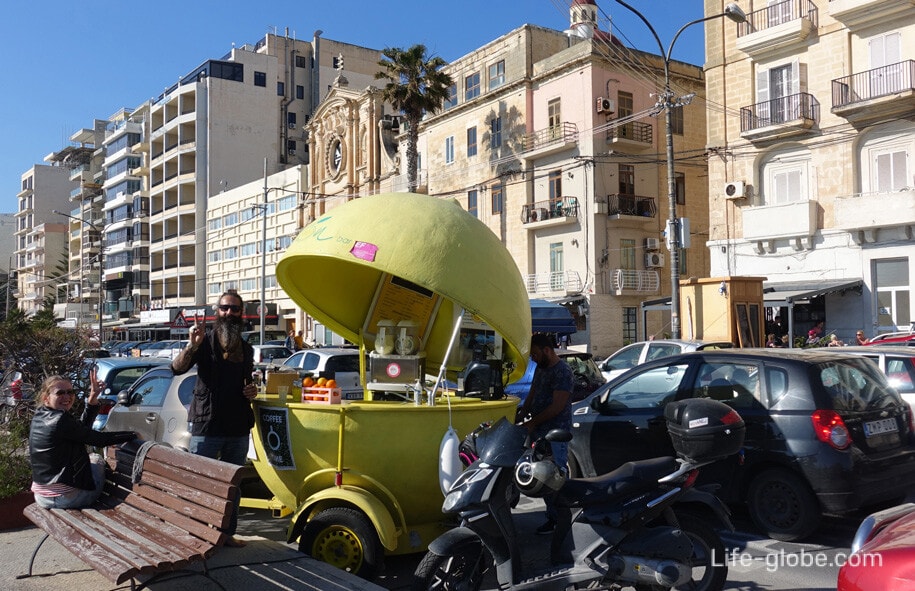


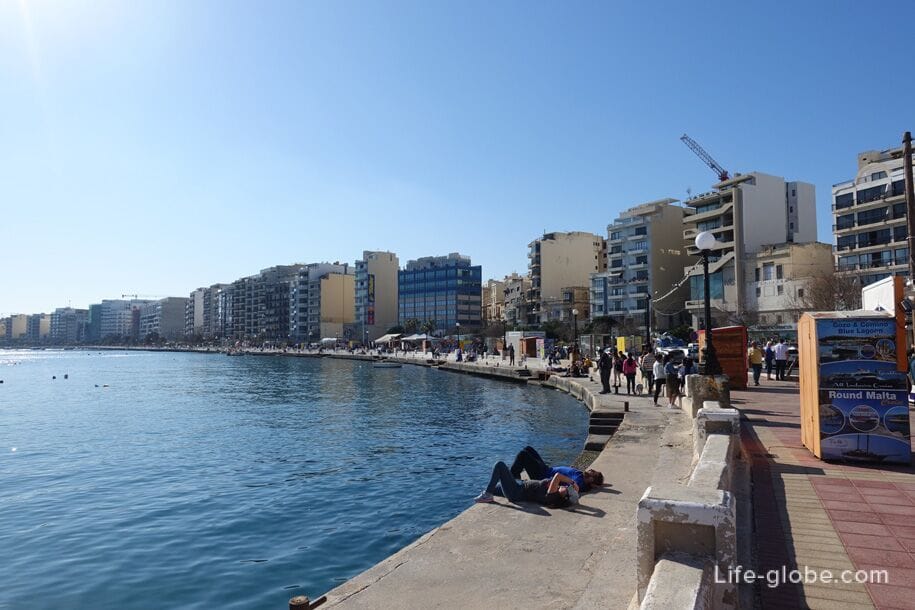
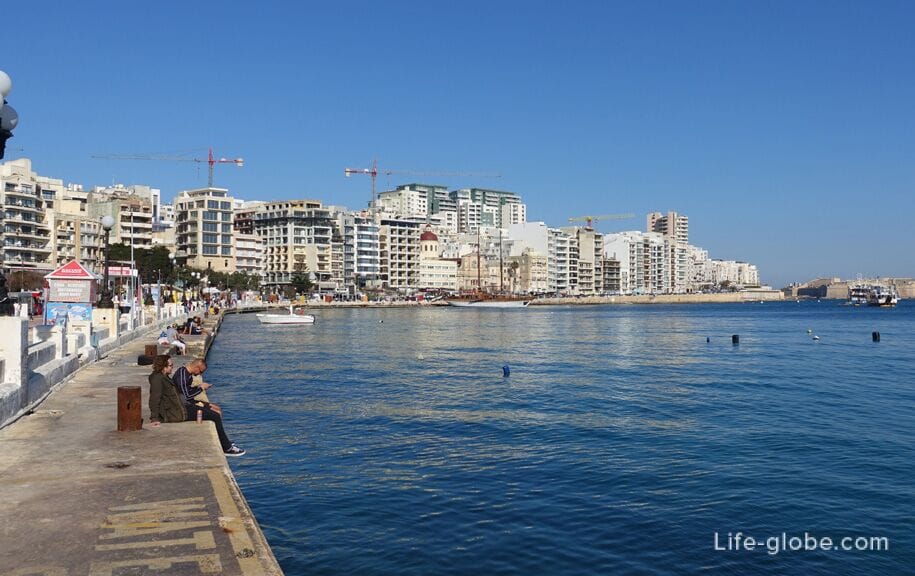
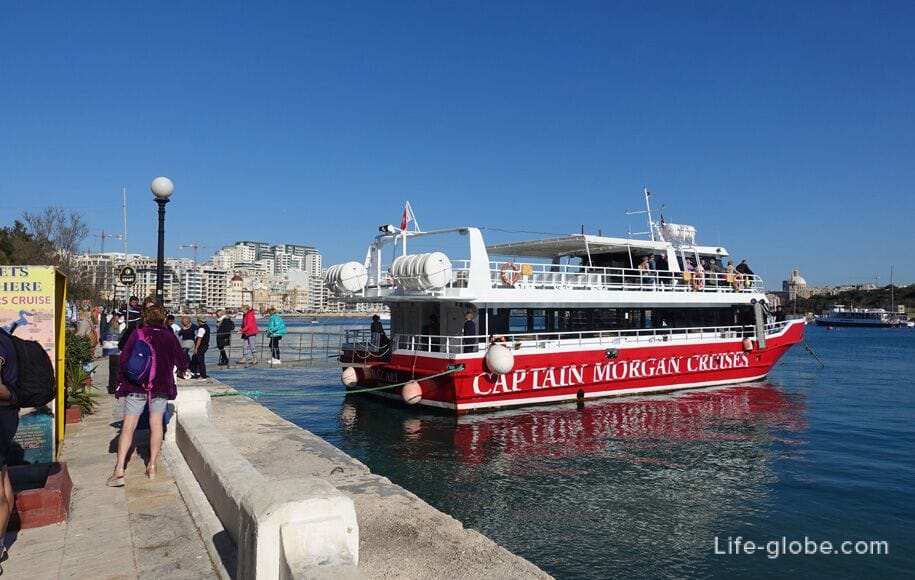
On the opposite side of the boardwalk, across the street, is the abundance of bars, cafes and restaurants which in the evening is not crowded and where the atmosphere of universal joy and celebration.

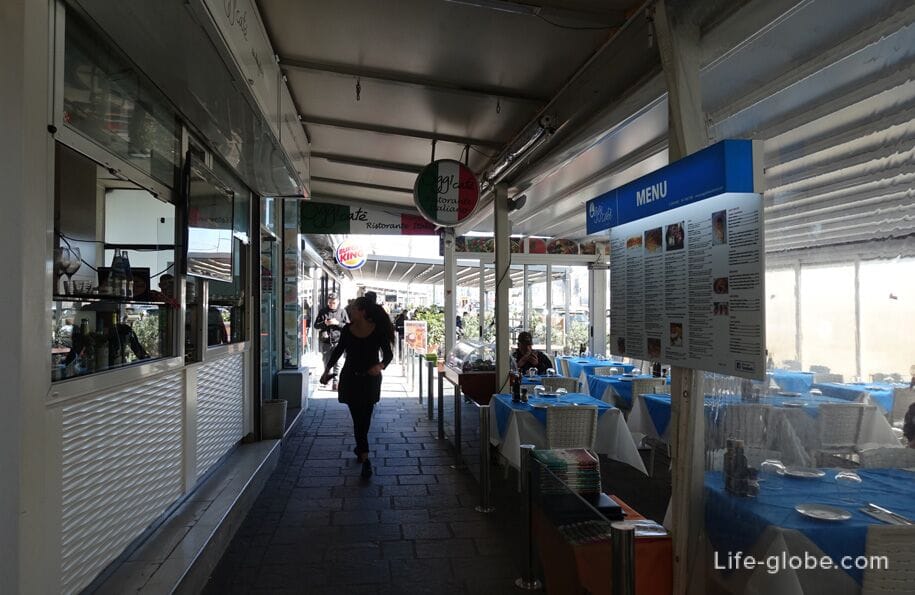
This part of the coast and the town of Sliema as a whole, is the most developed and crowded.
At this point in the embankment, there are two attractions:
the old station of purification of sea water;

parish Church of Jesus of Nazareth (Parish Church of Jesus of Nazareth), built in 1895, and in 1908, given to the Dominican monks, and in 1973 became the parish Church.
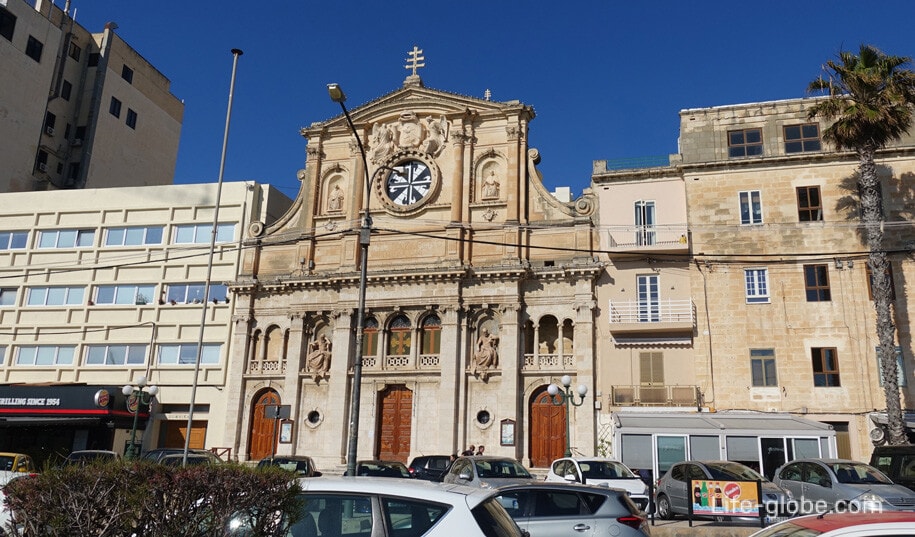
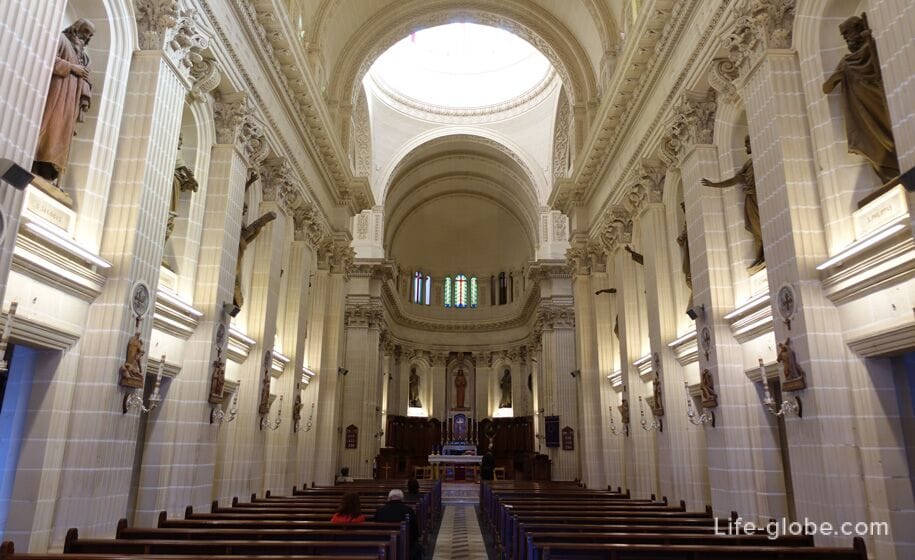
At about the point where the street Triq Ix –Xatt and Triq Parisio, near 4-star Waterfront Hotel, the invisible feature ends Sliema and starts a small Gzira, whose part of the coast, probably (to our taste), more beautiful and refined.
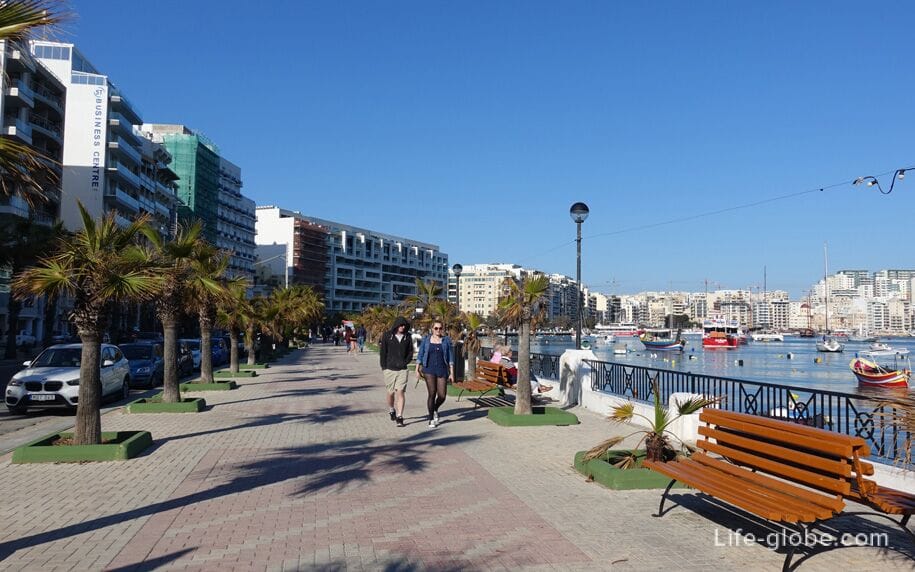
Besides the fact that the city is surrounded by waters of the Mediterranean sea in the beautiful long promenades and there, although not the best, but still the beaches, Sliema is the most developed city of Malta, its shopping and tourist center.
From Sliema it is easy to travel around the island by public transport, there are buses to almost all corners of the island including Malta international airportand Valletta can be reached in 10 minutes by ferry, for which tickets, if you buy from there and back, cheaper than tickets for public buses.
Great choice of accommodation in Sliema, ranging from budget hostels, apartments and ending with hotels, the prices being much lower than in neighboring Valletta, also gives the city an advantage.
All accommodation in Sliema, as near beaches and waterfronts, and more remotely from those, you can view and book here